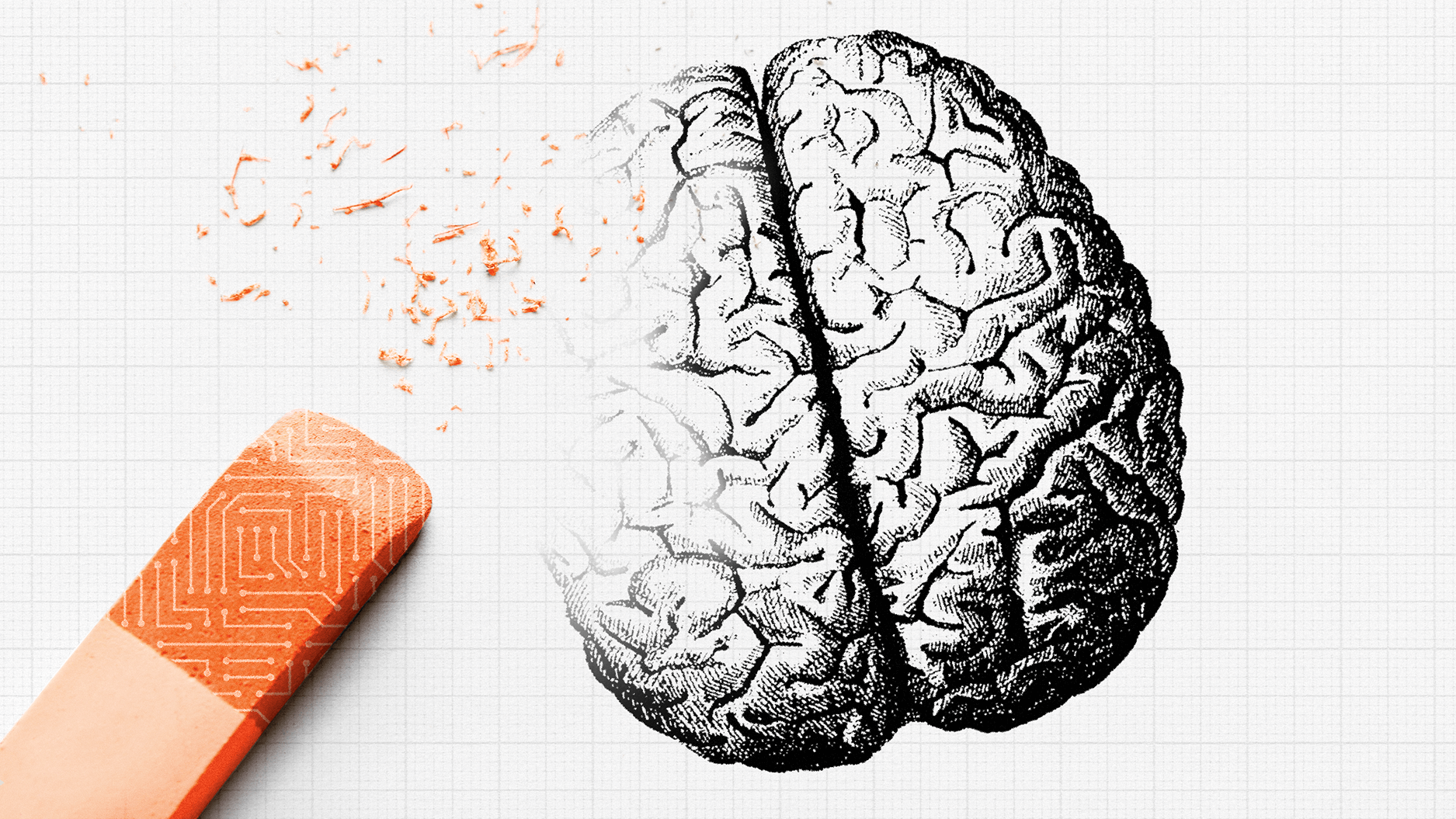User-Centered Design & Innovating to a Higher Standard: Exciting and Delighting the Older Consumer
Innovative product design is increasingly crucial as the generally educated and wealthier boomer consumer rises to the fore of the marketplace with a lifetime of technology experience and rising expectations in tow. Although the current emphasis on invention is important, it misses the mark and leads to products that partially or ineffectively respond to the needs and desires of the older user. Design should be considered a strategic tool that allows those involved in the product development process to successfully and competitively tailor the product to the user population. The first step is to learn from those who are expected to be the ultimate users of a product. The following is an examination of consumer-centered design lessons for effective product innovation and development in an aging marketplace.

The coming wave of older adults are more educated, more demanding, and have experienced more technology throughout their lives than any previous generation. Lifetime experience of rapid technological change now powers new expectations for the capacity of innovation to improve how we live, care, travel, work, learn, and play throughout a longer lifespan. A survey conducted by the Rehabilitation Institute of Chicago, indicated that more than 80 percent of baby boomers fully expect scientific and technological advances to improve their lives as they age (Rehabilitation Institute of Chicago, 2004). Today, the buyers (if not lead adopters) of the most high-tech, high-priced, and high-design are likely to be over 50 and not somewhere between their teens and twenties. Research conducted at the MIT AgeLab across product domains, including consumer products, electronics, automobiles, as well as packaging and retail experiences provides some lessons and insights in product design and innovation for the older consumer.
Today, technology developers and product designers are generating countless ideas to respond to what they perceive characterizes the older market – demands to manage the diseases and disabilities that often accompany old age. While these needs are plentiful, they are an incomplete set of demands from older adults (Coughlin & Lau, 2006). User acknowledgement of an unfulfilled need is the first step to adopting a new technology. However, older adults are prone to user denial, particularly with regard to assistive technologies to support disease and disability. In such cases it is not apparent to an older person that he or she has reached the point at which they need a device to perform the functions that they have conducted all their lives without assistance. Many companies organize product design for older consumers within the same teams that address new products for disabled users. While there may be similarities in physical requirements, there are real differences in self-perception and aspiration. The loss of capacity over time does not engender the same level of awareness or acceptance that often accompanies disability at birth or accident. One striking example of this state of consumer denial is the hearing aid. Swiss-based Phonak, one of the world’s largest producers of hearing aids, estimates that people may delay being fitted for ‘hearing systems’ for as long as 10 years after they actually have need for such devices (Rueda, 2005).
Moreover, companies often continue the unified approach of developing products for older and disabled further down the value chain into sales and distribution. Unfortunately, the mixing of these two segments results in advertising and distributing products in venues and retail outlets that appeal to neither consumer group. For example, Toyota found that appealing to the needs of older drivers and disabled drivers as a single market yielded mixed results and even hostility (Coughlin, 2005).
Likewise, a focus on the end-user alone is not necessarily incorrect as it is incomplete. Innovation requires systems thinking not task engineering. The older consumer is part of an entire system – physical and social. The social network of friends, advisors, and peers urge and reinforce behaviors as well as serve as an ‘early-warning’ system of needs. Family or friends may recognize a need for assistance and subsequently influence the older adult to consider using a novel product or service. Assistive technologies, health systems, and related security services are good examples of cases in which the ‘buyer’ and key influencer is often a different person altogether from the user. The adoption of a personal emergency response system is more likely to be purchased in reaction to an adult child’s perception of a hazard rather than to a need articulated by a frail parent.
Insights & Innovation
- Designers and product developers, particularly those focused on usability, often attempt to address the needs of disabled and elderly users synonymously. Age-related decline and loss of function do not present the same consumer needs as disabilities acquired at birth, from an accident, or from disease. While insights from both groups may be useful in the design process, their development and ultimate delivery to the consumer must acknowledge psychographic and adoption differences.
- Products, services, and devices should be designed so that they are as appealing to the spouse, adult child, or caregiver as they are to the primary ‘older’ user. Since the adult child or caregiver is often the first to recognize a parent or relative’s need, they are often the person to select, purchase, and oversee use and maintenance of the item. Therefore, the caregiver’s ease of use should be taken into particular consideration in the design process.
- ‘Innovating’ for the Older Consumer Demands New Tools. Understanding the true needs and demands of users is the first step toward real innovation. Older consumers have both ‘extreme’ needs and higher standards of value for use, performance and style. MIT AgeLab’s team is continually developing new methods to understand the older user and their families transforming this understanding into innovations in systems, services and solutions. For example, the MIT AgeLab has developed I-CoDE, Interactive-Consumer Design & Evaluation method to elicit consumer mental models across the lifespan (Bengler, Coughlin, Reimer, & Niedermaier, forthcoming 2010). The method engages the user in creative play to design their ‘ideal’ interface from a wide range of possible pieces, images and displays. AgeLab’s I-CoDE provides a powerful tool to rethink user preferences and personalized interfaces for automobiles, packaging, medical devices, and consumer products. The Lab’s Age Gain Now Empathy System, or AGNES, provides researchers, designers, engineers and marketing professionals with simulated, but personal, experience with the ‘feel’ of aging hands, eyes, diminished strength, reduced flexibility, etc. These methods, combined with other techniques, provide input for the AgeLab’s Data Studio (shown above) where data are analyzed, visualized and translated into insights and innovations in the all the activities that make up quality living.
Further Reading
Bengler, K.J., Coughlin,J.F., Reimer, B. & Niedermaier, B. (forthcoming 2010)Interactive-Consumer Design & Evaluation (I-CODE): A method to investigate Cognitive Structures of User’s on Automotive Functionalities. 3rd International Conference on Applied Human Factors and Ergonomics (AHFE)17-20 July, 2010 Miami, Florida.
Coughlin, J. F. & Lau, J. (2006) Cathedral builders wanted: Constructing a new vision of technology for old age. Public Policy & Aging Report, 16 (1), 4-8.
Coughlin, J.F. (2005). Not your father’s auto industry? Aging, the automobile, and the drive for product innovation. Generations: Journal of the American Society on Aging, 38-44.
Rueda, V.C. (2005). New products for an aging society. Proceedings of the 1st World Ageing & Generations Congress 2005 (228-230). St. Gallen, Switzerland.





